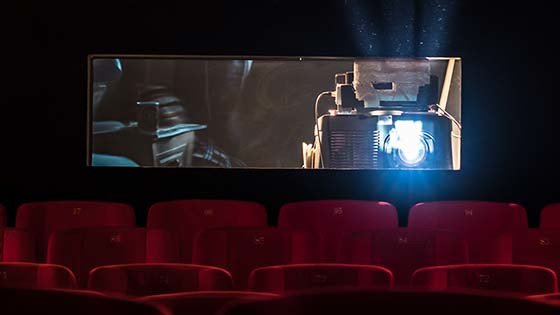When writing music for picture it can be all too easy to fall back on tried and trusted ideas: open with a low drone, big drums for tension, reverb piano at sunrise…. But here at The Futz Butler we always try to do the unexpected in terms of sounds and arrangement. Get it right and you create something that moves your audience and stays in their minds long after the film has finished.
In this month’s blog we’re celebrating 11 original film scores that went against the grain, using leftfield ideas where a more traditional approach might have been expected. The acid test of their success has been that they’ve all proved to be hugely influential and in many cases, much-copied. These scores were critical and commercial successes in the mainstream, proving you don’t have to be off the grid to do something different. We’ll look at the role of the director in setting the brief (together with the debates and disagreements composers experience every week), and also the different processes involved in creating and recording these groundbreaking scores.
We’ve chosen 11 - but there could have been 100. Email us at [email protected] and tell us what you would have included? Next time you reach for the obvious option, remember these composers and their use of ram horns, mixing bowls and WW2 bomb shells……
Antonio Sanchez, Birdman
Birdman is a unique film on many levels, most noticeably for its single-take structure as we follow Michael Keaton around the bowels of a Broadway theatre. The film’s music has been described as a character in its own right: the improvised solo percussive score by jazz drummer Antonio Sanchez (scoring his first film.) Director Alejandro Iñárritu was clear in his vision for the music: ‘loose, jazzy, visceral, from the gut, mirroring Keaton’s character's internal undoing.’ On first reading the script Sanchez approached the score in a more traditional way, writing rhythmic themes on a drum kit for each character and scene. Iñárritu’s response was “that’s exactly the opposite of what I want you to do.” He encouraged Sanchez to improvise freely as he talked him through the scenes. This defined the score but still the sound was ‘too good, too pristine,’ so they re-recorded the parts on a detuned kit with vintage heads, stacking cymbals to make them sound dryer and more trashy.
Jonny Greenwood, There Will Be Blood
Radiohead’s guitarist turned his hand to film scoring to devastating effect. He had already shown his liking for what he called ‘a wrong string sound’ with band tracks like How to Disappear Completely and Pyramid Song, as well as his score for the documentary Bodysong. But Paul Thomas Anderson’s retelling of the novel Oil! allowed Greenwood to use his experimental sensibilities to the full in a stunning soundtrack debut. There are shades of Herrmann in the ‘Future Markets’ cue, whilst ‘Stranded The Line’ sounds like the strings are crying. Elsewhere in the score he combines piano, percussion and his beloved Ondes-Martenot (an electronic instrument from 1920s) but it’s the strings that take us on an uneasy sonic journey that’s a long way from the more comfortable harmonies of regular Hollywood scores.
Jóhann Jóhannsson, Arrival
Denis Villeneuve’s Arrival is a complex hybrid: part science fiction, part philosophical meditation on time and language. Cinema-goers expecting invading aliens were were faced with something that worked on a much deeper level, and Jóhannsson’s score resonated in just the same way. We’re challenged to ask whether we are hearing voices, or digital synthesised sound design (in the same way we don't know whether the visitors are from the future or the past)? The answer is both - Jóhannsson uses warped voices and glitchy electronica to create a sound that is muted and thoughtful, ancient and modern. It’s also without a trace of intergalactic bombast; the composer says he regards silence as a key instrument in his arrangements.
Jerry Goldsmith, Planet of The Apes
It could be argued that Jerry Goldsmith’s revolutionary score turned a decent sci-fi movie into something legendary and iconic, ‘permeating into the consciousnesses of people who would never usually notice film scores’ (Movie Wave Reviews). He used radical instrumentation, avant-garde composing and bizarre instructions for the orchestral players - e.g harmonics in the strings, various bowing techniques and French horn players reversing their mouthpieces and blowing air through the horns. Other instrumental highlights included Brazilian percussion, mixing bowls (from the composer’s own kitchen) and most memorably, the ram horn that appears one minute into ‘The Hunt’ cue. The overall effect is destabilising, cacophonous, urgent; creating a dystopian world out of familiar elements. Which of course is very fitting, given the film’s famous final scene…
Bernard Herrmann, Psycho
Everyone is familiar with Bernard Herrmann’s terrifying score for Alfred Hitchcock’s 1960 film. What’s surprising is that during its development the composer faced two challenges familiar to many TV & film composers. Firstly, the sound was initially driven by budgetary constraints. The director was working with tightened purse strings and Hermann agreed to take a reduced fee and employed only a string section rather than a full orchestra. This drove him to create the icy and jagged ostinato-driven sound that climaxed in the infamous shower scene. He described it as a ‘black and white score for a black and white movie.’ And that shower scene? Hitchcock didn’t want music on it, believing that Janet Leigh’s screams and the sounds of the water would be enough. Herrmann ignored him and proceeded to write one of the famous cues in movie soundtrack history. His biographer writes: “Without the music, it’s disturbing - but you’re an outsider. With Herrmann’s cue, you’re Janet Leigh.” Directors are often right - but not always….
Miles Davis, Ascenseur Pour L'échafaud (Elevator to the Gallows)
There are many ways to land a soundtrack brief - but playing at a Parisian jazz club has to be one of the coolest. Miles Davis was performing at Club St Germain in November 1957 and elsewhere in the city director Louis Malle was looking for music for his new film noir. Malle’s assistant was a huge Davis fan and engineered a meeting between them; a week later Davis and his band were in a studio improvising in front of edited loops from the movie. The legendary trumpeter followed a process that was to serve him well, giving his band only a few rudimentary modal sequences as a basis over which to play. (He would continue this process with the seminal Kind of Blue album two years later.) The result is a unique and evocative score, using Davis’s trumpet sound (‘a small boy trapped in a cupboard’) to perfectly capture the tragic arc of the characters and the film’s atmosphere. Malle described the music as “giving a really extraordinary dimension to the visual image.”
Thomas Newman, American Beauty
Thomas Newman’s score for Sam Mendes’ first feature film has inspired so many other soundtracks for TV drama, film and advertising that it’s easy to forget how original it sounded when first released. A satire about Kevin Spacey’s middle-aged angst could have suggested a more traditional palette: but Newman’s innovative use of tuned percussion, quirky rhythms and unusual stringed instruments perfectly captures the off-kilter world of both Spacey’s mind and his family. The score has a duality which evokes the lightness and darkness of the story: twitchy off-beat percussive pieces and the sad and lonely beauty of ‘Any Other Name’, the piano and strings theme that spawned a thousand imitations.
Ry Cooder, Paris, Texas
Like Newman’s American Beauty, Cooder’s score to Wim Wender’s story about a man’s journey through the American Southwest to find his family has become hugely influential. Wenders had a clear vision: the feeling that the movie was ‘shot by a camera and a guitar’ - and so instructed Cooder to sit in front of the images and play his bottleneck guitar, to memorable effect. The result is a mesmerising single-instrument score dripping in atmosphere and emotion. Cooder followed the single-idea approach, basing the entire score on Blind Willie Johnson’s Dark Was The Night, with long slide notes moaning and rattling in open D tuning. Wenders describes the final soundtrack as ‘sacred’ and like Sanchez’s Birdman, the music is almost a character in the drama.
John Williams, Jaws
We’re back in Psycho territory with another score that is so familiar it has become part of film history. Those of us that love film soundtracks remain in awe of how Williams got such terrifying impact from just 2 notes: cellos repeatedly alternating between E to F, forever setting the standard in how to create tension from a music score. Williams himself described the theme as "grinding away at you, just as a shark would do, instinctual, relentless, unstoppable.” In another nice director/composer anecdote, Steven Spielberg was rather thrown by the theme’s simplicity on first hearing it. Williams says: “I played him the simple little E-F-E-F bass line that we all know on the piano, and he laughed at first! But I had settled on what I thought was the most powerful thing, which is to say the simplest. Like most ideas, they're often the most compelling." The director’s eventual response? "Let's try it."
Hans Zimmer, Black Hawk Down
In the last 20 years Hans Zimmer has become the composer of choice for blockbuster epic scores, but here we focus on his lesser-known score for the Ridley Scott film about the 1993 Battle of Mogadishu. The use of ethnic instrumentation in mainstream movie scores has become widespread over the last 15 years, with composers using different instrumental voices to highlight a character’s origins or a location (this can be traced in part to sampling technology making these sounds more available to composers at the initial writing stage.) But in 2002 Zimmer’s score sounded different and fresh, combining African vocals and percussion with the Western sounds of grinding guitars and synthesizers; the two faces of war. It’s a tough listen in places, evoking conflict, cultural clashes and the harshness of the environment.
Paul Sumpter, The Watcher Self
We felt we needed to overcome our natural modesty and include this score by The Futz Butler’s very own head composer. Matt Cruse’s debut feature is a psycho-sexual thriller and he was clear in his vision of the score being a combination or music and sound design. The sparse dialogue and quiet internal locations required the music to impart both narrative and sonic interest as well as reflecting the psychological instability of the central character. Paul’s approach was to create a completely unique sonic identity for the film, rejecting library samples and presets and instead designing sounds created from scratch from some unexpected sources, including an industrial skip, a bowed lamp shade, a vintage American road sign, a cutlery jar (tuned to Eb) and a WW2 bomb shell. A good example of the score driving narrative was the use of polyrhythms played on a towel rail: quintuplets (groups of five notes) played against more conventional groupings of fours and threes, giving a distinctly anxious agitated feel that represented the lead character’s inner turmoil beneath a seemingly fine demeanour. You can read the full story here.
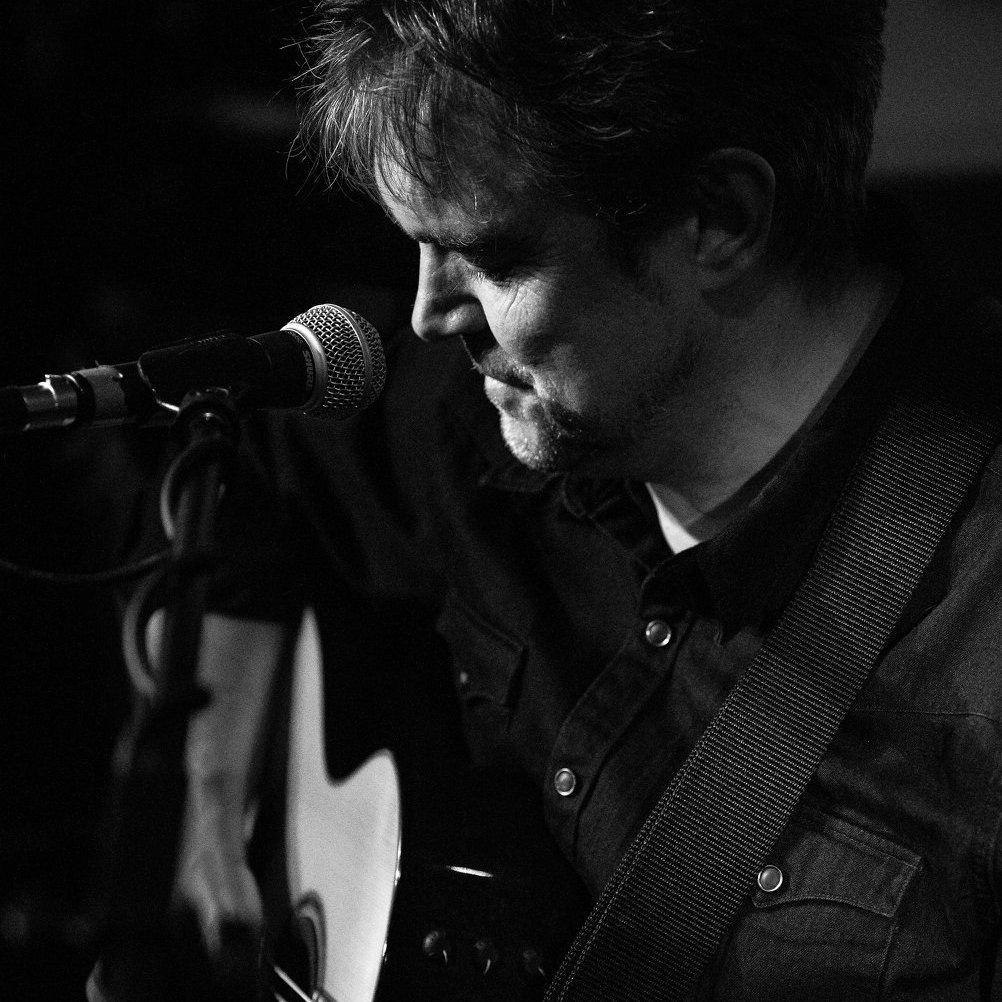
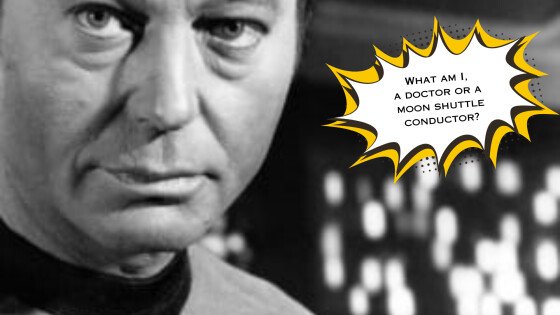

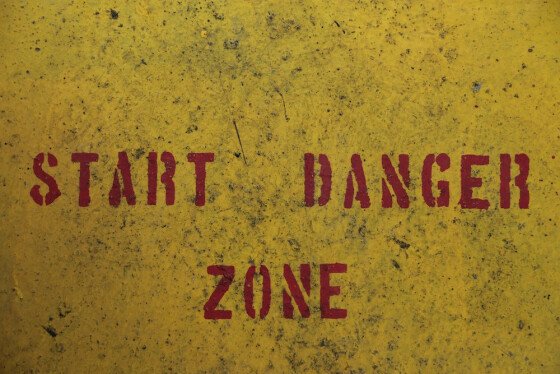
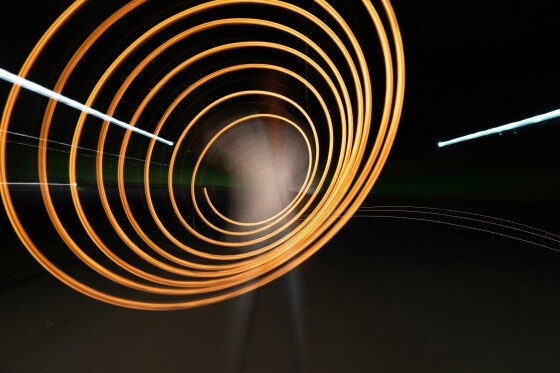

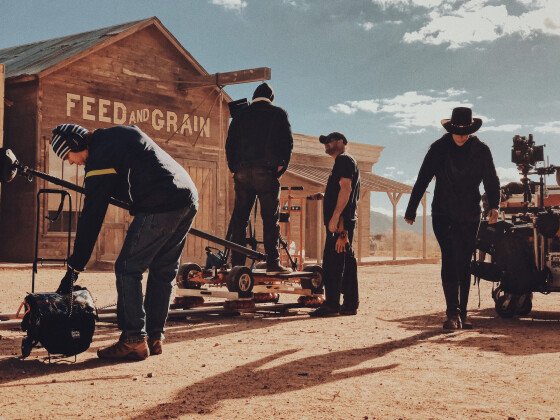
-list_image.jpg)
